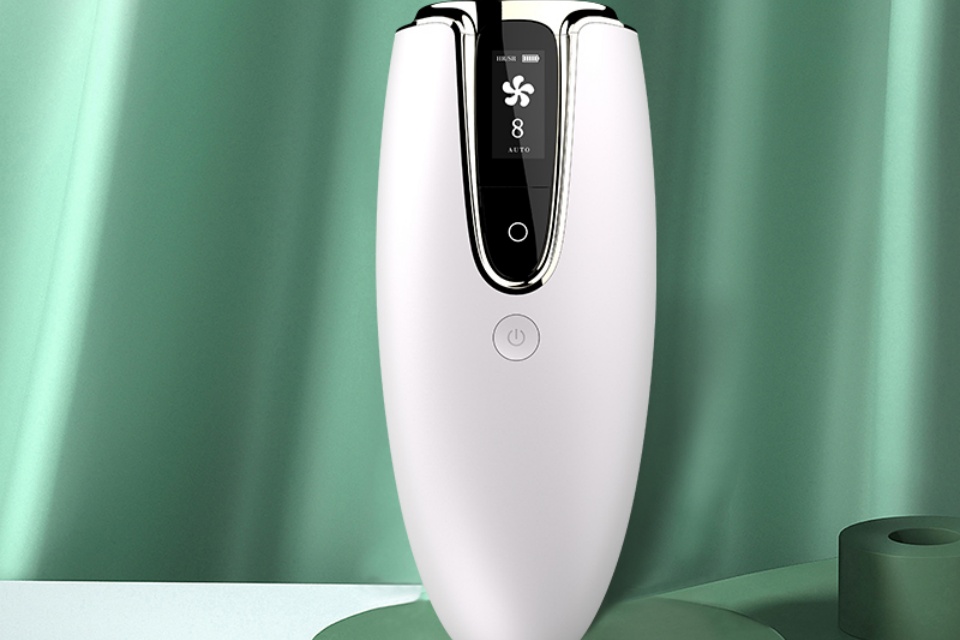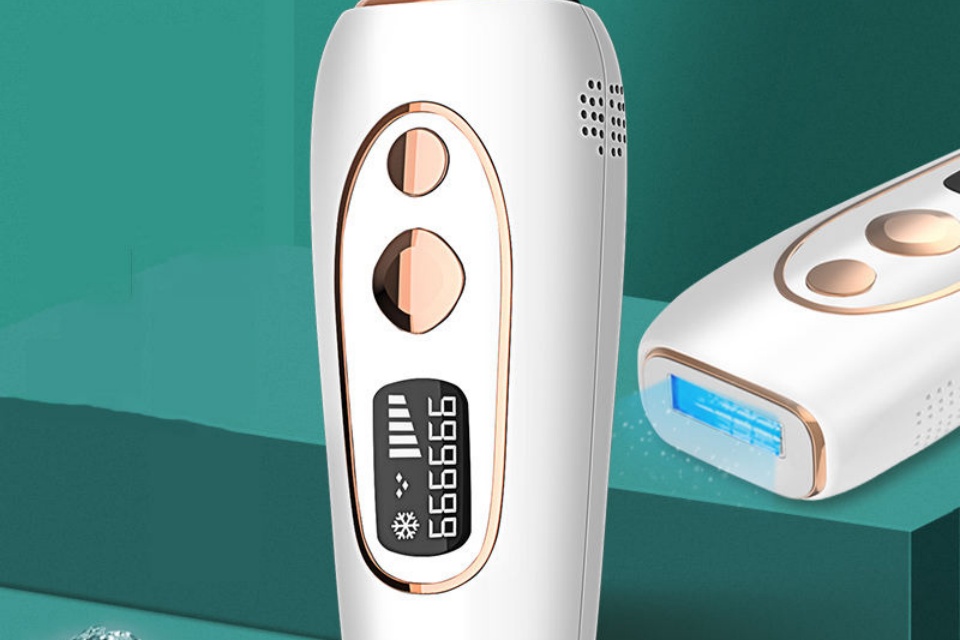Permanent hair reduction- realistic timelines
Summary
Permanent hair reduction refers to a variety of methods aimed at achieving long-lasting decreases in hair growth, notably through techniques such as laser hair removal and electrolysis. This topic has garnered significant attention in both cosmetic and medical fields due to the increasing demand for effective and lasting hair removal solutions, particularly among individuals seeking alternatives to traditional shaving and waxing methods. As awareness grows, it is important to understand the realistic timelines for achieving results, as well as the factors influencing these timelines, including skin and hair characteristics, hormonal influences, and treatment protocols.
Laser hair removal utilizes concentrated light beams to target hair follicles, leading to significant hair growth reduction—typically around 80-90% after multiple sessions. However, it is essential to note that while laser treatment is highly effective for many, it may not guarantee permanent removal and can be influenced by individual hair and skin types. Conversely, electrolysis is the only FDA-approved method for permanent hair removal, employing electric currents to destroy hair follicles individually. Though more time-consuming, electrolysis is considered the most effective for achieving complete and lasting results, albeit with potential discomfort and a longer treatment timeline.
Several factors can impact the overall effectiveness and duration of treatments, including the patient's skin tone and hair color, hormonal imbalances, and adherence to treatment schedules. For instance, individuals with light skin and dark hair generally achieve the best outcomes with laser hair removal, while those with hormonal conditions such as polycystic ovary syndrome (PCOS) may require ongoing maintenance treatments. Furthermore, both methods necessitate multiple sessions—typically ranging from four to twelve—before patients can expect to see significant results, with timelines spanning from several months to over a year depending on the method used and individual characteristics.
In addition to treatment procedures, post-treatment care is critical for optimizing results and minimizing side effects. Clients are advised to follow specific aftercare protocols and maintain a consistent schedule for follow-up treatments to achieve desired outcomes. Understanding these aspects is essential for individuals considering permanent hair reduction, enabling them to set realistic expectations and make informed decisions about their hair removal journeys.
Methods of Permanent Hair Reduction
Laser Hair Removal
Laser hair removal is a popular method that employs concentrated beams of light to target and damage hair follicles, thereby reducing hair growth. This procedure typically requires multiple sessions, usually around six, to achieve significant results, with most patients experiencing a reduction in hair growth of approximately 80-90% after completing their treatments. The effectiveness of laser hair removal can vary depending on the individual's hair and skin type, with the best results observed in those with light skin and dark hair. The treatment is generally well-tolerated, although side effects such as redness and swelling can occur post-treatment, typically resembling a mild sunburn.
Electrolysis
Electrolysis is the only method approved by the FDA for 100% permanent hair removal. This technique involves using electric currents to destroy individual hair follicles, ensuring that they can no longer produce hair. Electrolysis is generally considered more effective than laser hair removal for achieving complete and permanent hair removal, although it can be more time-consuming and less comfortable than laser treatments. Each hair follicle is treated individually, which can make electrolysis a more labor-intensive process, often requiring multiple sessions depending on the area being treated and hair density.
Factors Affecting Timelines
Several factors can significantly influence the timelines associated with permanent hair reduction methods such as laser hair removal and electrolysis. Understanding these factors is essential for setting realistic expectations regarding treatment outcomes and duration.
Skin and Hair Characteristics
One of the most critical factors affecting treatment timelines is the combination of skin type and hair color. Ideal candidates for laser hair removal are individuals with light skin (Fitzpatrick skin types I-IV) and dark hair, as the contrast allows the laser to effectively target the melanin in hair follicles. Conversely, those with light-colored hair, such as blonde, red, or gray, may not achieve the same results since the laser struggles to identify and treat weaker melanin in these follicles. Furthermore, individuals with darker skin tones may face challenges due to the laser's difficulty in distinguishing between hair and skin colors, which can lead to less optimal outcomes.
Hormonal Factors
Hormonal imbalances can also play a significant role in the efficacy of hair reduction treatments. Conditions such as Polycystic Ovarian Syndrome (PCOS), Congenital Adrenal Hyperplasia, and Cushing's Disease can lead to excessive hair growth and may complicate treatment efforts. While laser hair removal can provide temporary relief by targeting overactive hair follicles, it does not address the underlying hormonal issues. Consulting an endocrinologist may be advisable to ensure a comprehensive approach to treatment and improved long-term results.
Treatment Preparation and Aftercare
Adequate pre-treatment preparation and post-treatment care are crucial for maximizing the effectiveness of hair reduction procedures. Clients are often advised to properly prepare the treatment area and adhere to guidelines to optimize results. Failing to follow these preparatory steps can hinder the effectiveness of the treatment, prolonging the overall timeline for achieving desired results. Additionally, following aftercare instructions can minimize side effects, enhance recovery, and lead to more satisfactory outcomes.
Treatment Frequency and Maintenance
The number of sessions required for effective permanent hair reduction varies from person to person, typically ranging from four to eight treatments depending on individual hair growth cycles and the area being treated. The maintenance phase may also influence timelines, as clients may require periodic touch-up sessions to sustain the desired results. Factors such as the geographic location, clinic reputation, and the experience of the technician can further affect the overall cost and scheduling of treatments.
Realistic Timelines for Treatment
Achieving permanent hair reduction through various methods, such as laser hair removal and electrolysis, involves a commitment to a series of treatment sessions. The overall timeline for seeing significant results can vary based on the method used and individual factors.
Laser Hair Removal
Typically, individuals can expect to see noticeable results approximately two to three weeks after their initial treatment. For optimal outcomes, a series of 8 to 12 sessions is generally recommended, with treatments spaced several weeks apart. This schedule is crucial as hair grows in cycles, and targeting hair follicles at different growth stages enhances the effectiveness of the treatment. Following the recommended treatment schedule is essential; skipping sessions or extending the time between treatments can prolong the overall timeline for achieving desired results.
Most clients require around six to eight sessions, particularly for areas like the face or bikini line, which may need additional treatments due to hormonal influences on hair growth. Sessions usually last between 15 minutes to one hour, depending on the size of the treatment area, and the entire process can take from 8 to 24 months to complete fully.
Electrolysis
Electrolysis, the only FDA-approved permanent hair removal method, also necessitates multiple sessions for effective results. Each treatment lasts between 15 minutes to one hour, and clients can expect a timeline of up to a year and a half to complete all necessary sessions. The average client may need about six treatments, although this number can vary based on individual hair growth patterns and the specific area being treated.
Clients should prepare for their treatments by avoiding methods like plucking, waxing, or tanning in the treatment area, as these can disrupt the hair growth cycle and impede the effectiveness of electrolysis.
Post-Treatment Care
Post-treatment care is crucial for achieving optimal results and minimizing potential side effects after permanent hair reduction procedures, such as electrolysis and laser hair removal. Understanding and adhering to recommended aftercare guidelines can significantly enhance healing and long-term success.
Immediate Aftercare
Following treatment, clients should focus on immediate care to aid recovery:
Cold Compresses: Applying cold compresses can alleviate mild swelling and discomfort, which typically subsides within 24 hours.
Avoiding Touch: It is essential to refrain from touching the treated areas to prevent irritation and potential infection.
Soothing Products: Utilize recommended soothing products, such as witch hazel or aloe vera, to soothe the skin and support healing.
Hydration: Staying well-hydrated helps maintain skin health and supports the body's recovery processes.
Long-term Maintenance
Proper maintenance following initial treatment plays a vital role in long-term results:
Skincare Routine: Clients should adhere to prescribed skincare routines, including regular moisturizing and sun protection protocols to avoid complications such as pigmentation changes and scarring.
Sun Protection: Protecting the skin from direct sun exposure is critical in the months following treatment, as this reduces the risk of skin burns and hyperpigmentation.
Regular Treatment Schedule: Following a consistent schedule for follow-up treatments can maximize the effectiveness of hair reduction efforts and extend the results.
Monitoring and Reporting
Clients should be vigilant about their skin's healing progress post-treatment:
Early Intervention: Contacting the provider if unusual symptoms arise, such as prolonged redness, swelling, or signs of infection, is crucial for effective management.
Avoiding Irritants: It's advisable to avoid using makeup and other cosmetic products on treated areas until fully healed, as the skin remains more susceptible to infection.
 English
English Español
Español Português
Português Pусский
Pусский Français
Français Deutsch
Deutsch 日本語
日本語 한국어
한국어 Italiano
Italiano عربى
عربى


